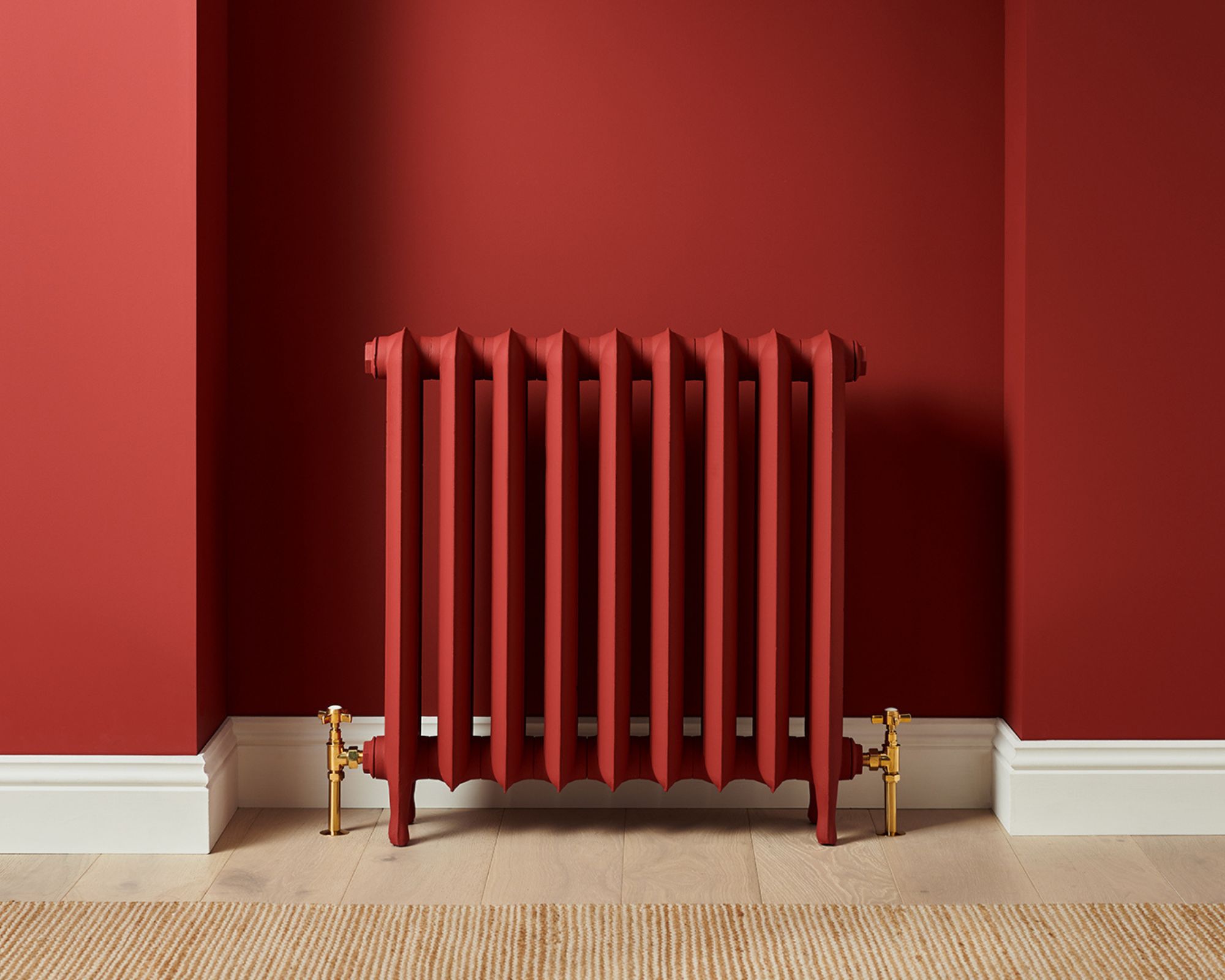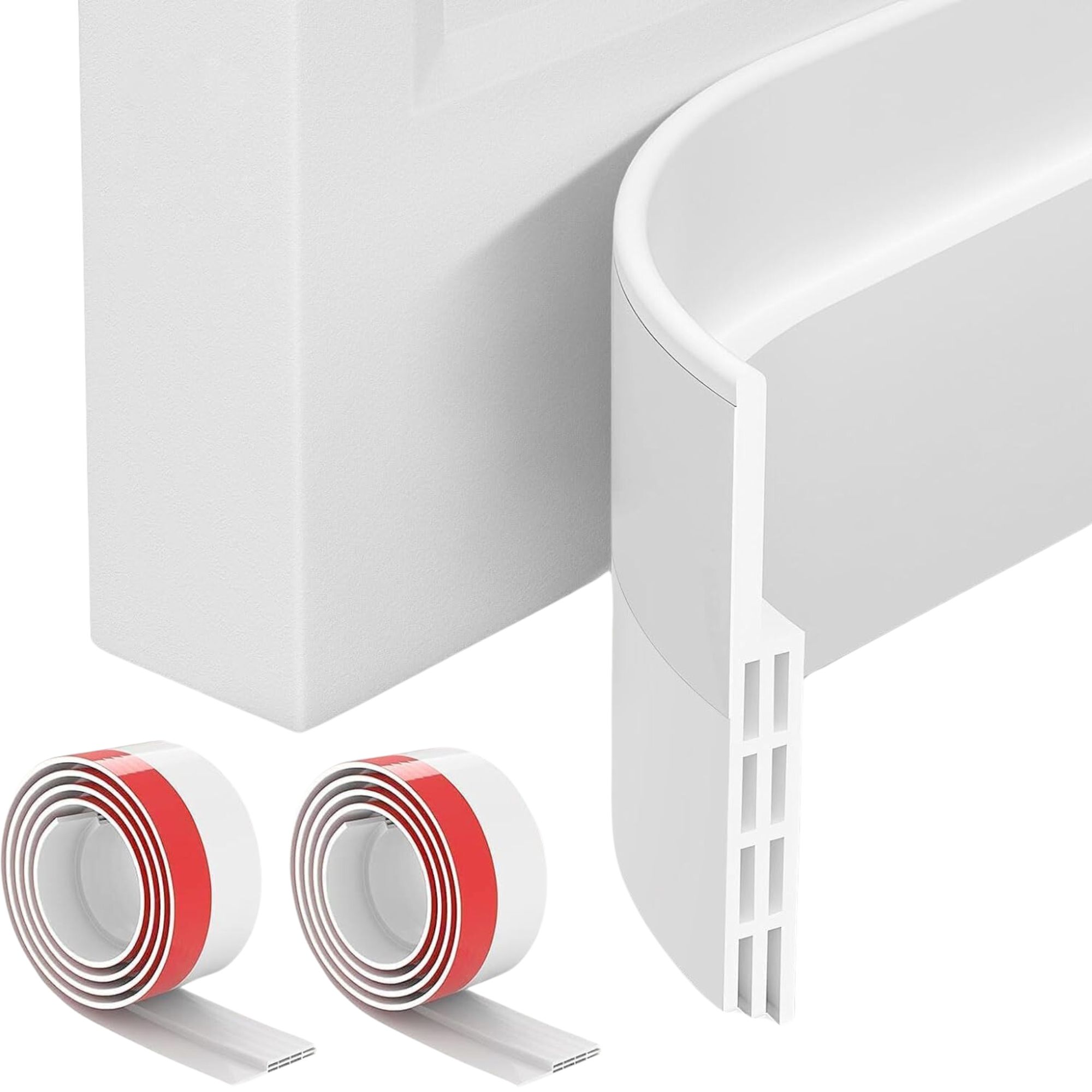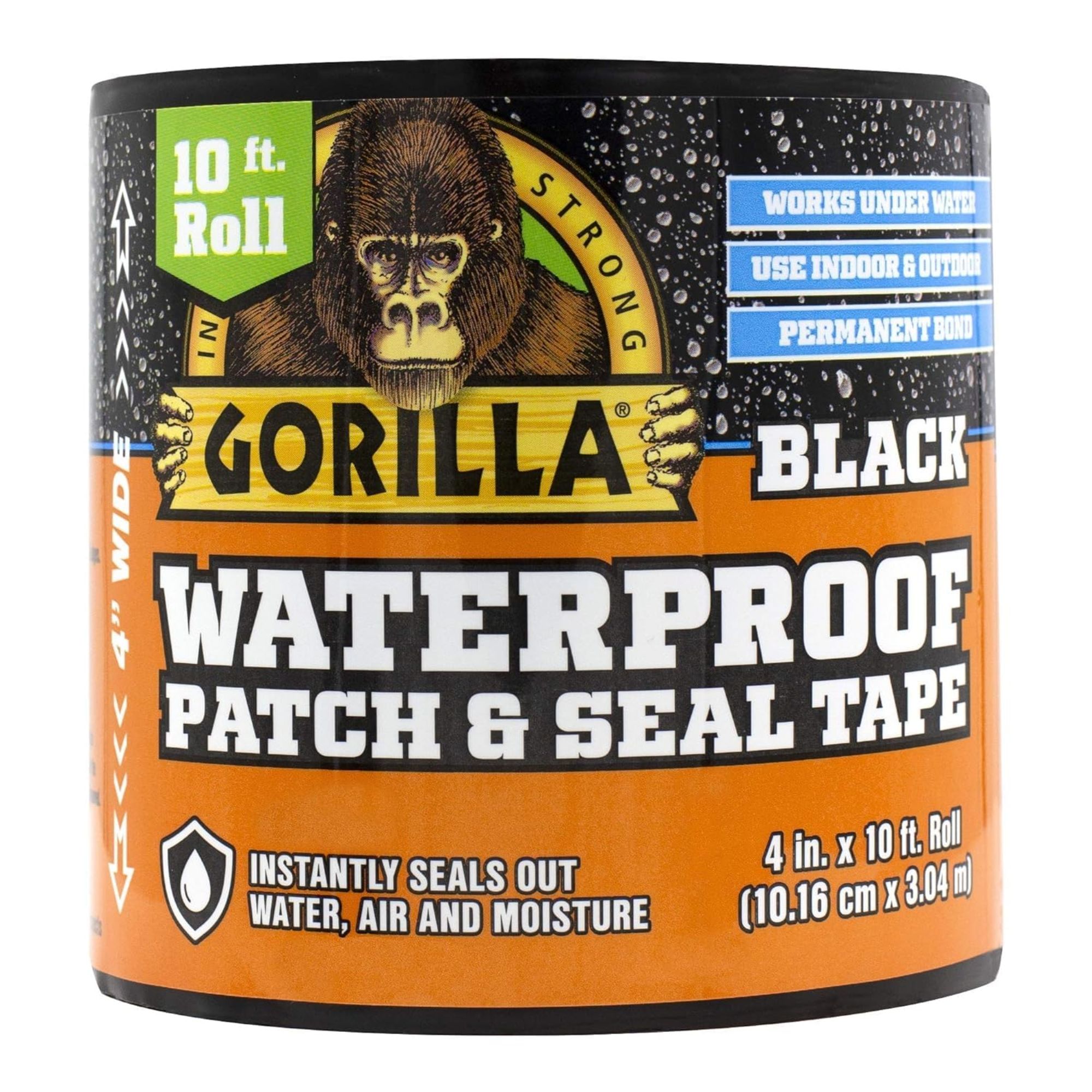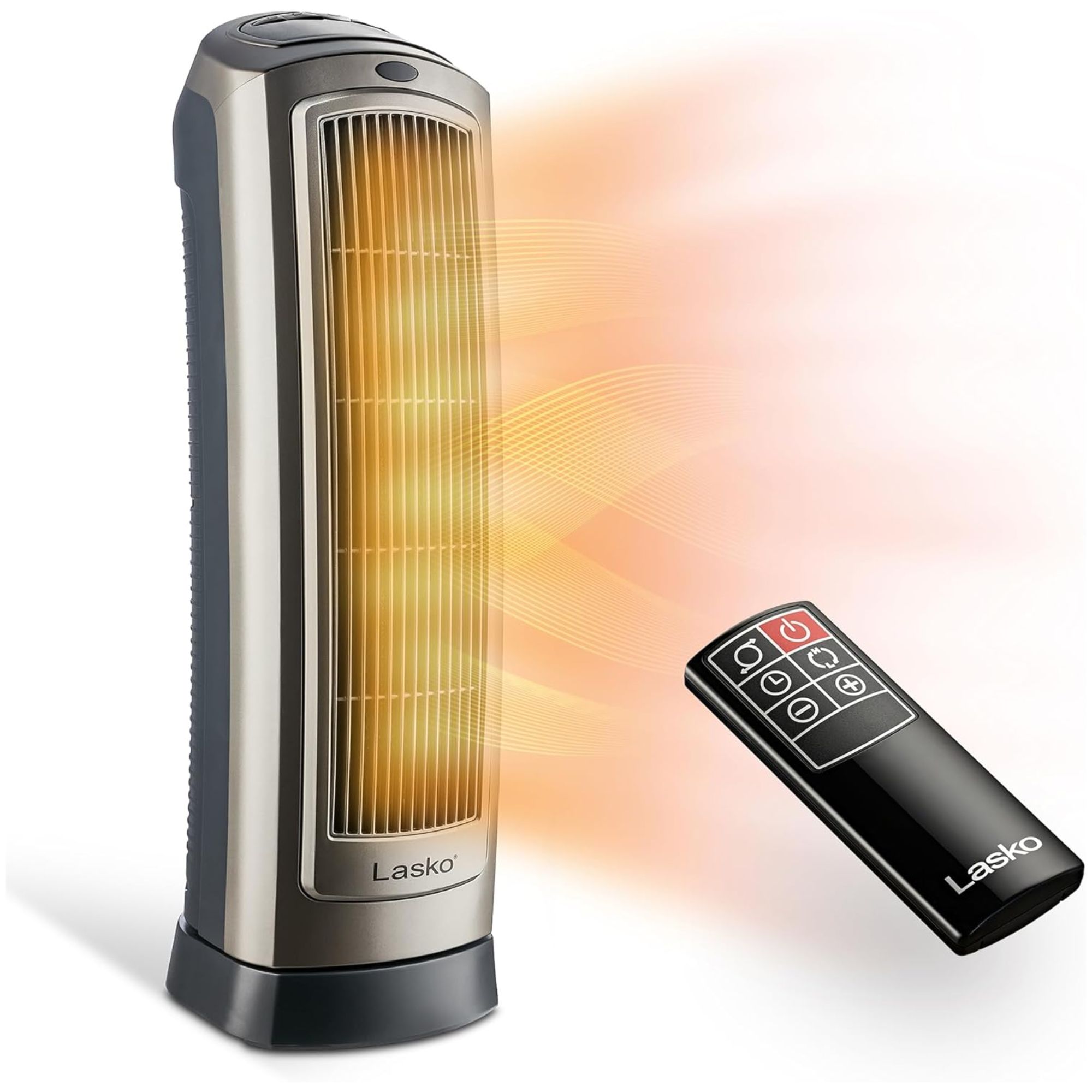
Some argue the end of January and February bring with it the truest winter weather and we certainly agree as the odd milder days don't do much to break up what feels like arctic weather. Getting the most out of your home heating, therefore, is still a very valid concern.
Many households will be struggling to keep cozy without extortionate energy bills and in a bid to keep costs low, you may have heard of, or seen people trying a foil trick for heating, which involves placing aluminium foil behind radiators to reflect heat back into the room. But does it actually work?
Here, HVAC pros explain the theory behind this method, and whether it can really help you to keep a house warm without turning up the heat.
What is the foil trick for heating?
Josh Mitchell, HVAC technician at AirConditionerLab, explains, 'The idea behind this method is simple: aluminum foil reflects heat. By placing foil behind a radiator, especially on an external wall, heat that might otherwise be absorbed by the wall is reflected back into the room. This keeps more heat inside the room, making the radiator work more efficiently' to keep a home warm all day.'
So, does it work? According to Kevin Goude, HVAC expert and owner at First Choice, it's not a major game-changer by any stretch, but is a smart way to maximize what you already have, while helping to cut energy bills.
'It's not a miracle, but it does help,' he says. 'If you're dealing with a cold room or high energy bills, it's a cost-effective way to improve heat distribution. And, if your walls aren't insulated enough, it will also help to retain more heat inside,' with Mitchell stating that studies have shown that foil can reduce the amount of heat lost through walls by about 5 to 10%.
'However, the overall effect on room temperature is usually small,' Mitchell adds, 'so it's not a complete solution but rather a helpful trick.'
The key here is consistency, recommends Goude, where combining foil with regular maintenance to avoid common heating system mistakes, like radiator bleeding and home sealing may improve your comfort levels in winter.
All prices correct at time of publication.

This tough and durable aluminum foil is the number one selling brand, with a built-in easy tear edge, and easy open/close box.
Alternative, affordable solutions

While this foil trick can help in a pinch, there are other ways to keep cozy while ensuring energy bills remain low.
For example, HVAC technician Mitchell advocates using draft stoppers, such as the Vellure® Door Draft Stopper for Bottom of Door available at Amazon. 'These block the gaps under doors and around windows, stopping warm air from escaping and cold air from coming in,' he says.
Along the same lines, he also recommends using window sealant to fill gaps and cracks around window frames, explaining, 'Sealing your windows can improve your home's warmth, especially in old homes where the sealant may have worn out.' This can be done with caulk, such as the
It's also a good idea to consider insulating your pipes, says HVAC expert Goude, using pipe insulation such as the budget-friendly Foam King Brand Insulating Foam Pipe Covers available at Walmart.
Of course, you can also use electric space heaters, but just be aware that they are not cheaper to run than central heating. Nevertheless, as Mitchell points out, they're useful for effectively heating the rooms you use most, without having to warm the entire house.

This self-adhesive, sturdy draft stopper is made of premium materials to prevent warm air from leaking out your home. It can easily be cut to size and installed.

'This tape sticks well, and is strong enough for both indoor and outdoor use, even in wet conditions,' says Mitchell.

Mitchell recommends this space heater, saying, 'It's efficient, has adjustable settings, and has a remote control for easy use.'
FAQs
What should you not put around a radiator?
While you can put aluminum foil behind a radiator, it's equally important to consider what you shouldn't put around one. For example, furniture like couches or chairs can interrupt the circulation of heat, or overheat themselves, causing damage and fire hazards. For this reason, always keep furniture around 6 to 12 inches away from any heat sources. Failing to do so is a home heating habit that could be ruining your couch.
Keeping furniture too close to walls can also disrupt moisture channels, needed for good air flow and ventilation to reduce the risk of mold.
'While putting foil behind your radiators might help a bit, you'll see more noticeable improvements by stopping drafts and using space heaters in specific rooms,' concludes Mitchell. 'These methods can help keep your home warm and reduce heating costs.'
Next, learn how to make your heating more efficient and the perfect 'Goldilocks' temperature to keep your heating at during winter.







